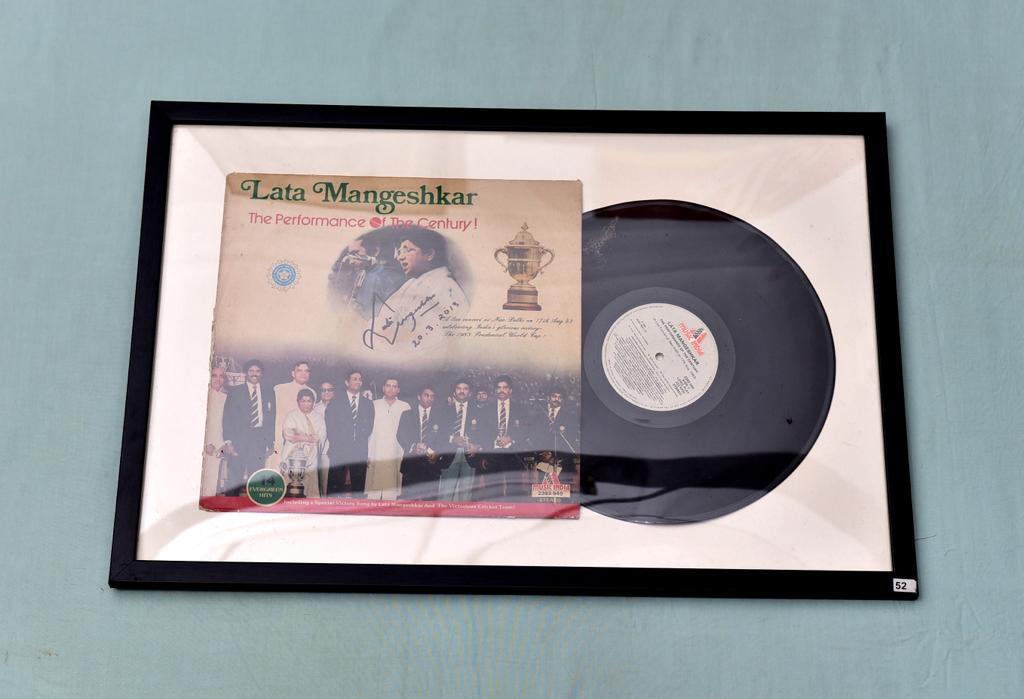
At the time when India won the Prudential World Cup in 1983, Indian cricket was not in the best financial health. The BCCI’s coffers were nearly empty, and rewarding the players for the World Cup win was a difficult task. Rumours have it that Raj Singh Dungarpur, a key player in the BCCI at the time, had initially announced a financial reward of a few thousand rupees for each of the players, which did not go down well with some of the senior members of the team.
In fact, it is also said that when the amount was first mentioned to the players, some of them suggested that the BCCI shouldn’t try and do things that wouldn’t really look good. Instead of being paid a pittance, the players were happy to forego the monetary reward because what mattered to them was playing for the country.
In came Lata Mangeshkar. Interestingly, India’s greatest singer of all time, was approached by the BCCI to hold a special concert in honour of the victorious Indian cricket team in the aftermath of the 1983 victory, and the money raised from the concert was used to pay the players a sum of 1 lakh each. This was the maximum the Board could afford to pay in those days, and in appreciation, the BCCI allowed Lata Mangeshkar to host a charity match a decade and a half later to raise funds for the Hridaynath Mangeshkar hospital.
Dilip Vengsarkar, while speaking to RevSportz, recounted the Lata Mangeshkar concert as one of the best occasions of his life. “It was hugely memorable, and even allowed us to get some decent money,” he said with a laugh. “She performed wonderfully well. And when you think that the greatest singer ever was performing for something you had done, it was a very different feeling.”
When I later asked Lata ji about this concert, this was her response. “It was a matter of great pleasure for me to be able to do this,” she said. “The World Cup win was a historic moment, and it meant I was thus connected with the win in some way. The players were all very gracious and it was a proud moment for me. As a cricket fan who had watched and lived the moment, the concert made it even more special for me.”
Lata ji, it should be said, was forever a cricket fan and watched almost all Test matches played in Mumbai in the 1970s and 1980s. And when she wasn’t able to go to the ground, she watched Test cricket on television. She was a huge fan of Sachin Tendulkar, and kept clicking his pictures on her iPad during his retirement Test.
I remember calling her during the Test match to check if she was agreeable to speak to me, and to my great fortune and privilege, she agreed in a jiffy. “Please come, and we can celebrate Sachin together,” was her reply. And when I reached her house, she excitedly showed me every picture of Sachin that she had taken on her iPad.
When writing Playing It My Way, Sachin had insisted that I speak to Lata ji once, for he had been a huge fan since childhood. That’s when she asked me if I was willing to listen to her sing Mera Saaya, Sachin’s favourite song, over the phone.
My reaction was the same as Vengsarkar’s. Lata ji was singing for Sachin, and I was the only person listening. Cricket was enriched by having her as a fan, and the Freedom Concert only added to the 1983 narrative.



